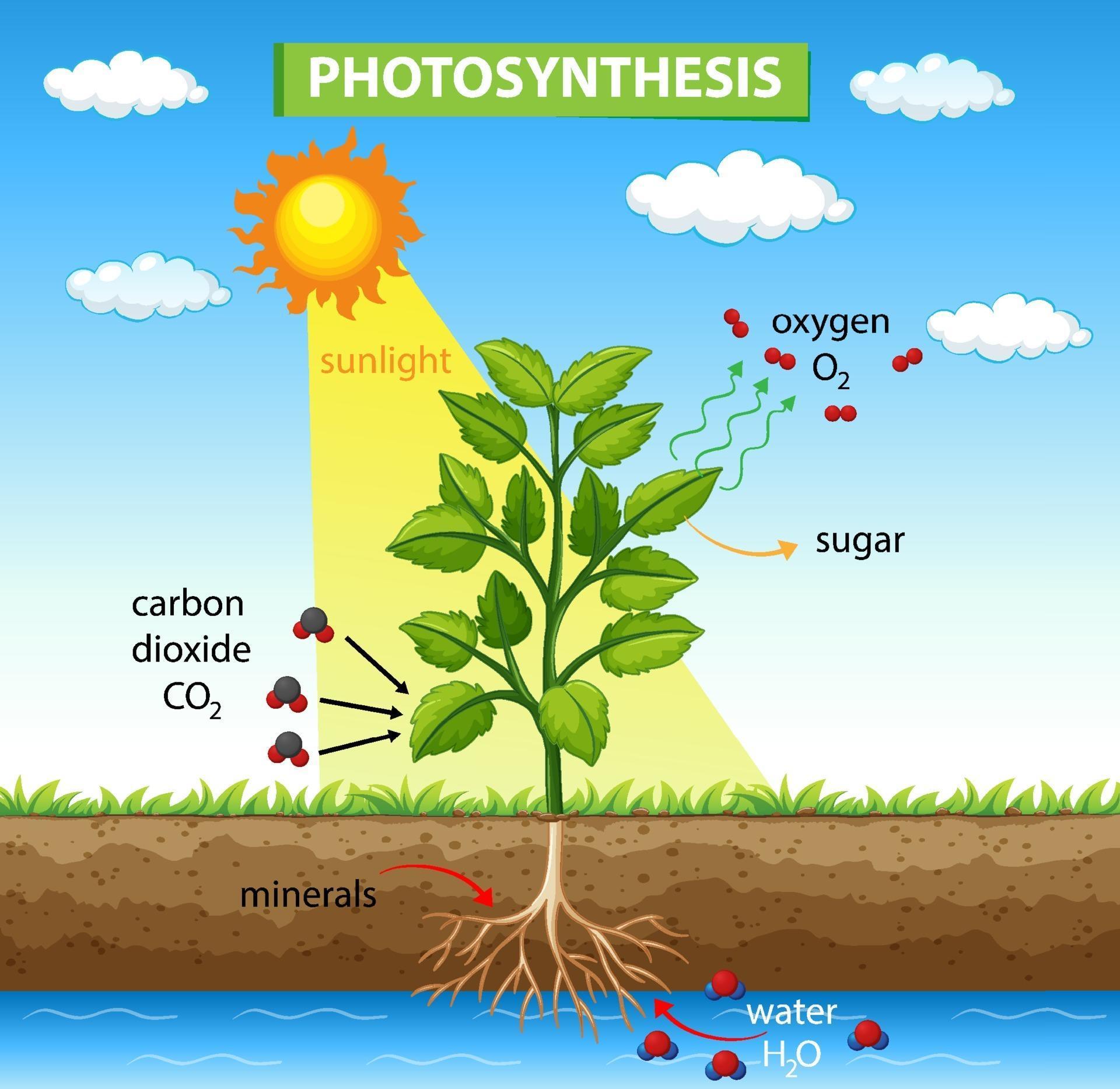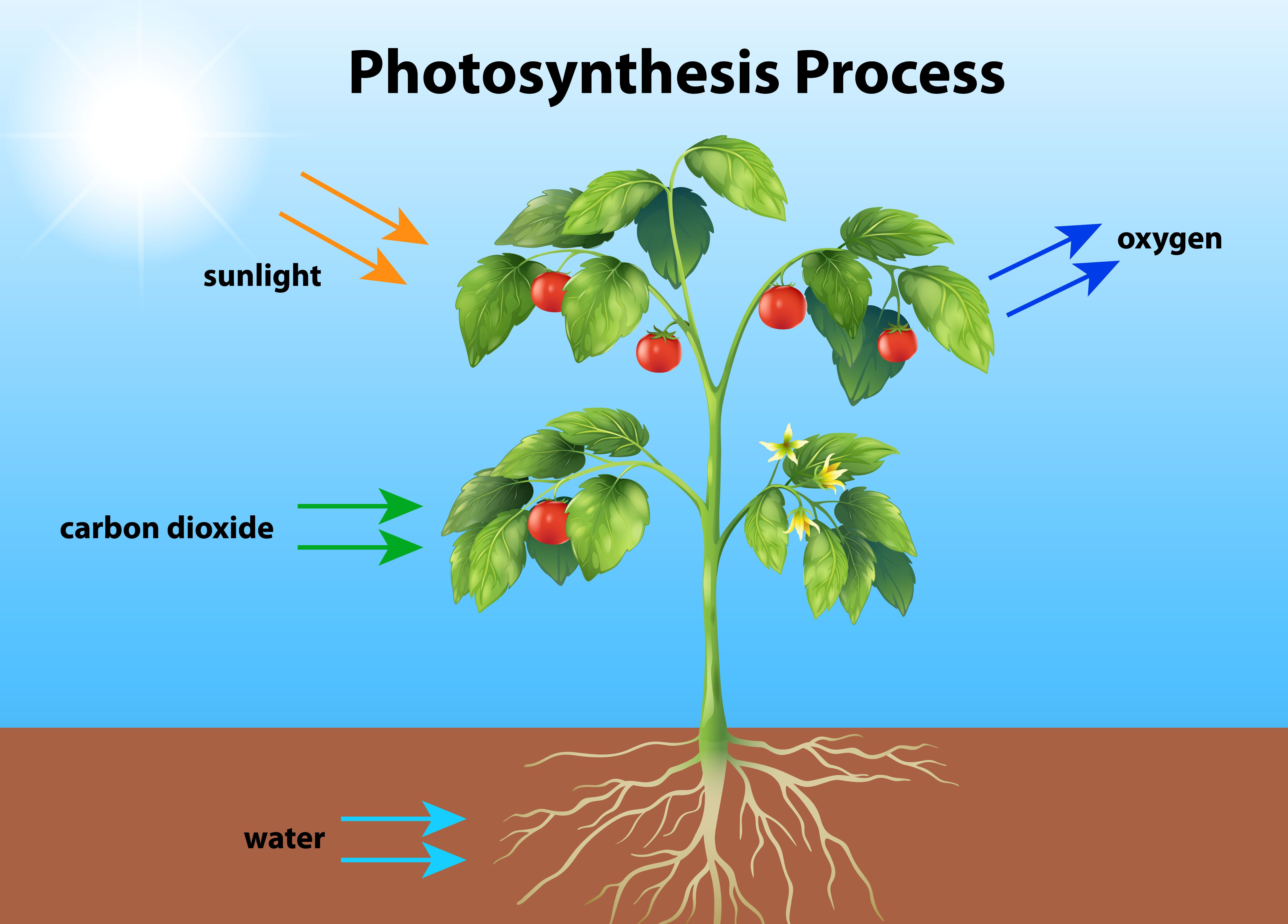What a Plant Performing Photosynthesis Will Produce and Why It Matters

Years ago, when I first tried to demonstrate photosynthesis for a classroom full of restless middle schoolers, I learned how textbook diagrams tend to miss the messiest—and most revealing—details. The truth is, photosynthesis is less of a neat equation and more like a bustling kitchen during lunch rush. While theory tells you “plants make glucose and oxygen,” let me show you how this actually plays out when you swap the chalkboard for real leaves, sunbeams, and water.

Photosynthesis in Practice: Where Glucose and Oxygen Really Come From
If you pop a sprig of Elodea (that’s an aquatic plant you can pick up at pet stores for maybe $2) into a glass jar filled with lukewarm tap water, set it on a sunny sill, and wait about 30–45 minutes, something intriguing happens—tiny silvery bubbles cluster on every leaf edge. When I did this experiment with my niece last August, we counted bubbles by pressing our faces up to the glass; after 15 minutes in bright noon sunlight, dozens had formed. That’s not just abstract science: those are oxygen pockets—the same O₂ you pull into your lungs each breath.
Don’t have pondweed handy? Reach for spinach from your fridge. Tear a leaf in half (exposing internal cells), pin half under water on a clear plate with toothpicks or coins to keep it submerged. Place under an LED desk lamp or full sun for an hour—and don’t forget to use warm (but not hot) water: cold temperatures can leave even the healthiest greens sluggish. In my experience, room temperature water (~21°C/70°F) gives the briskest bubble production.
The key lesson countless failed attempts taught me? It all hinges on maximizing two invisible factors: light intensity and freshly exposed leaf tissue. Leave one out—or settle for weak afternoon rays—and your “big reveal” will be met with crickets instead of gasps.
Why Glucose Matters Beyond Botany Class
Too often we call glucose “plant food” as if plants snack like we do. But here’s my real-world take: glucose is pure chemical sunlight—energy thriftily packed away in starches or used right away to fuel new shoots and roots. Back in 2019, I tracked a tomato vine throughout summer using just kitchen scales: by mid-August, each mature fruit weighed more than anything I added as fertilizer—because most of that mass came straight from carbon in atmospheric CO₂ now locked inside juicy flesh.
Next time you bite into an apple or slice a cucumber? You’re not just eating vitamins—you’re tapping into molecular leftovers from the latest round of daytime photosynthesis. If you’ve ever composted carrot peels only to find rich black soil weeks later—that’s photosynthetic energy being recycled yet again.
Bubbles Aren’t Guaranteed—What Really Works
First tries rarely pan out perfectly. During remote teaching back in early 2020, students sent me dozens of “failed” experiments: no bubbles here! Every troubleshooting session came down to nitty-gritty details—not grand theories.

Here’s my checklist developed after lots of trial-and-error:
- Use truly green and healthy leaves (yellowed or wilted ones barely participate).
- Snip stems freshly before submerging—a clean cut exposes active cells.
- Warm that water! Cold tap almost always spoils things.
- Go ahead and upgrade to an aquarium air pump if you want serious results fast (for about $10 they pour oxygen through even finicky setups).
- Give it time—sometimes up to an hour depending on season or cloud cover.
I know these steps work because I’ve repeated them year after year—in classrooms that are too dim and kitchens where someone left the blinds down!
Remembering What Plants Produce: My Tried-and-True Mnemonic
Lab results aside, tests still come calling. Here’s what sticks best for remembering products vs ingredients:
Picture plants like little solar-powered bakeries.
Ingredients: Carbon dioxide + Water + Light
Recipe outcome: Sugar loaves (glucose for themselves) + Bakery scent flooding outside (oxygen released).
It helps some students to quickly sketch two columns (“Go In” vs “Come Out”) anytime they get stumped by complicated diagrams in textbooks—a habit picked up from open-notebook quizzes where speed mattered more than perfection.
The Hidden Impact—Way Beyond School Walls
Circle back three summers ago when wildfire smoke rolled across my city so thick it turned noon darkness-orange—the streets seemed quieter because lawns weren’t growing fast; tree leaves drooped midday instead of stretching upward as usual; garden tomatoes stalled suddenly. Without enough sunlight cutting through the haze each day, photosynthesis slowed dramatically—that meant less local oxygen produced and slower growth for everything leafy nearby.
That week hammered home why this ancient process isn’t just academic trivia but foundational survival tech—even our modern world is only as healthy as its next burst of green energy production.
Test It Yourself: Real-World Strategies To See Photosynthesis Live
- Try both pondweed-in-water AND spinach-leaf-under-glass methods (compare which gives faster bubbles).
- Record timing with your phone stopwatch; note which set-up explodes first when full midday light hits.
- Sketch changes day-by-day if growing beans on kitchen paper towels versus planting them outside in direct sun—they’ll pale oddly indoors unless they’re getting true blue daylight.
- Explain what happened to anyone who’ll listen—it always clarifies what really works versus what the book claims should happen!
To sum it all up honestly—not every attempt shines right away, but stick close to these strategies and focus on seeing real cause-and-effect under natural conditions; soon enough you’ll witness science unfolding leaf by leaf…and appreciate every deep breath even more than before.
Remember: Plants performing photosynthesis make glucose—to power their own wild ambitions—and share their surplus oxygen so every one of us gets another chance at discovery tomorrow.



